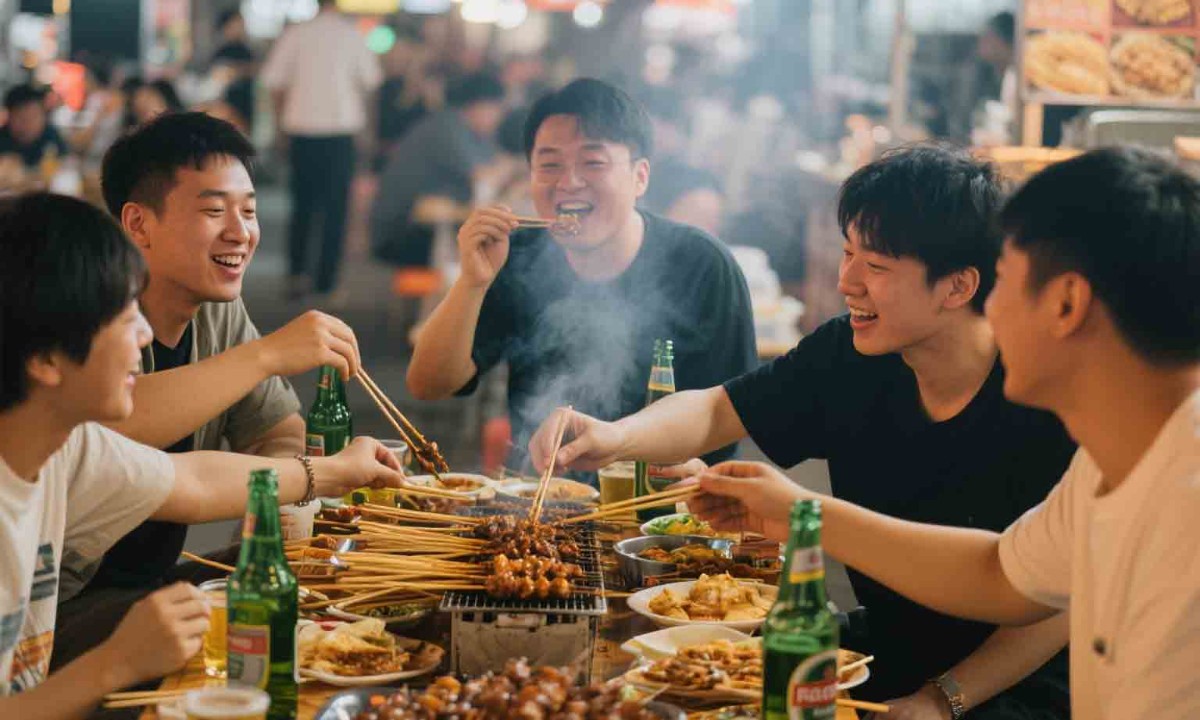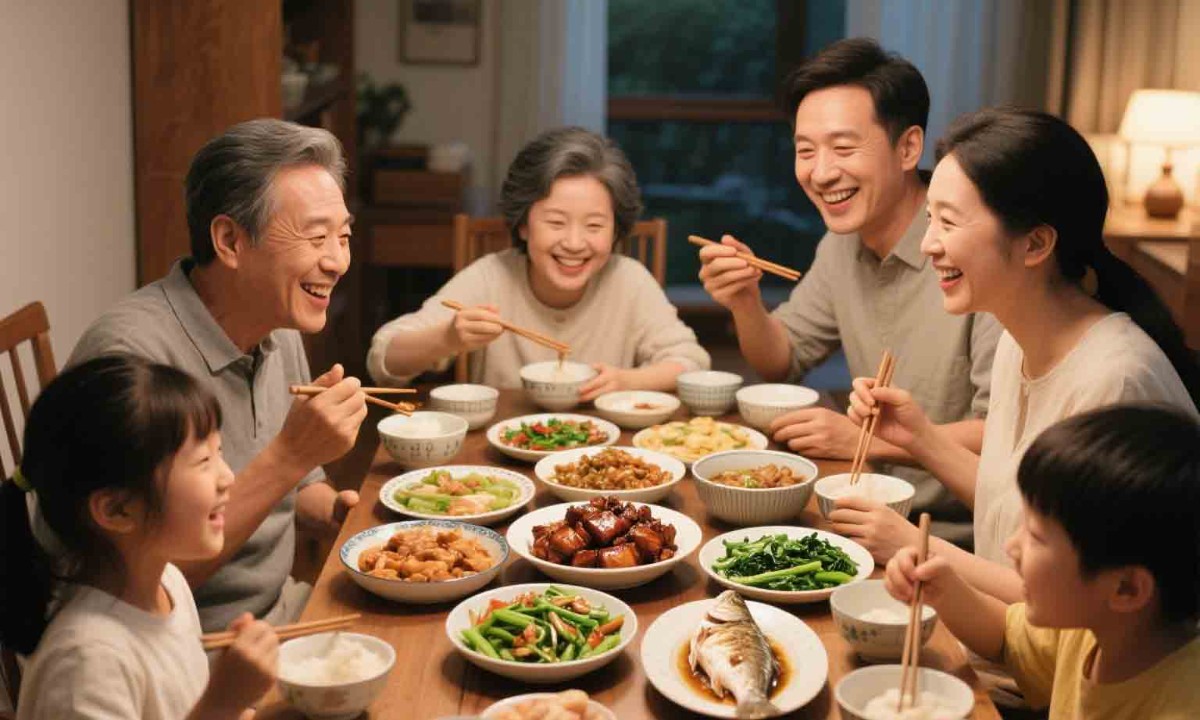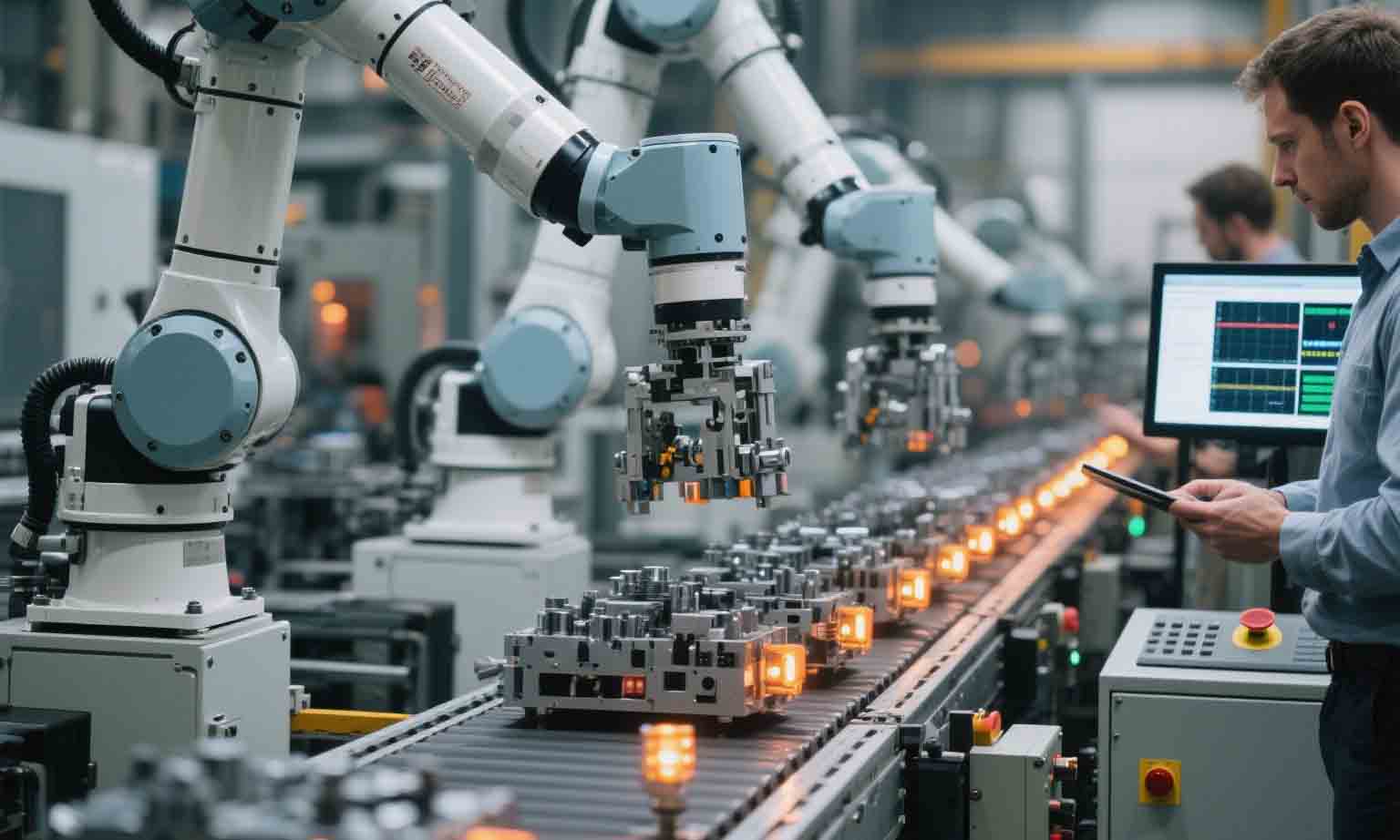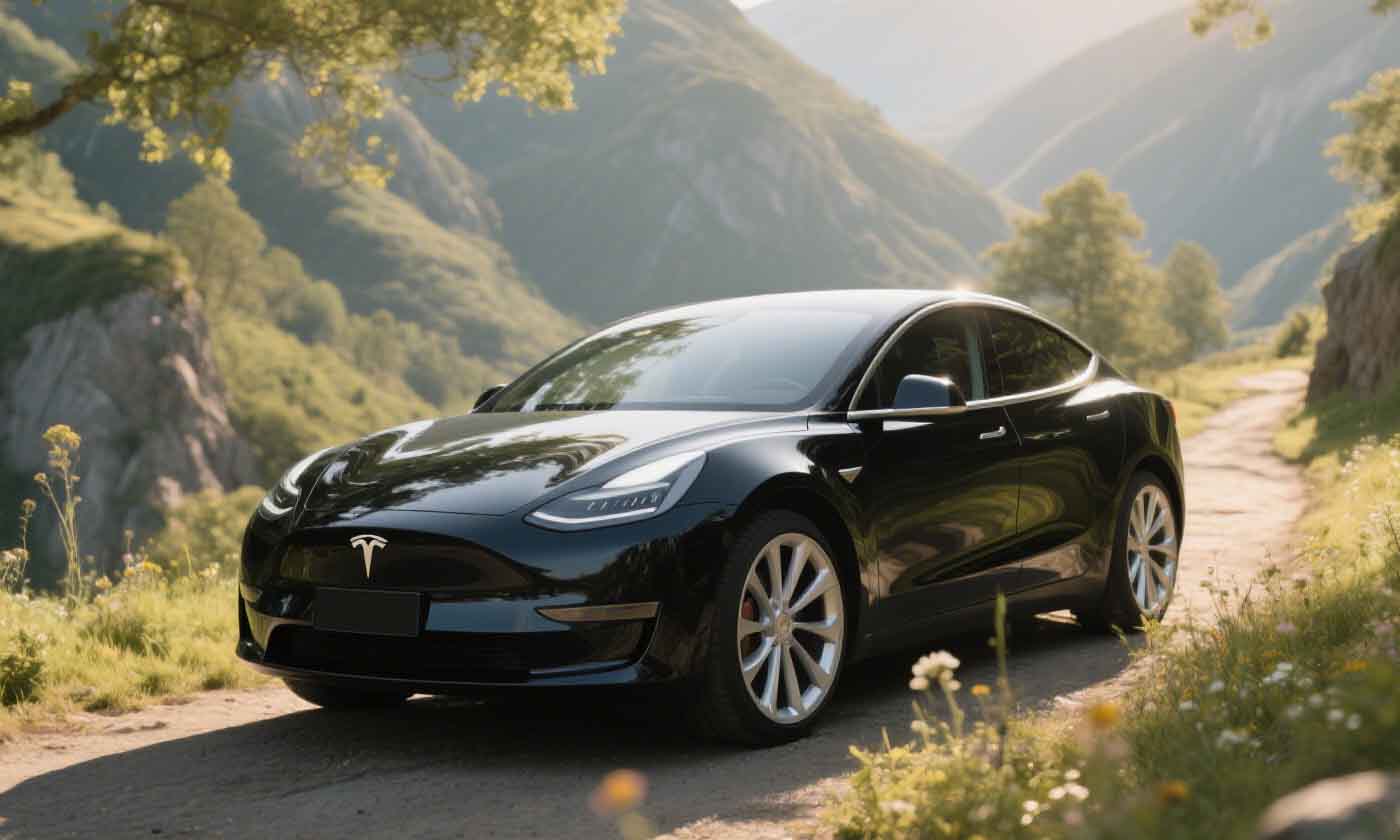AI Applications in the Food and Beverage Industry
C 2025-06-11
The integration of Artificial Intelligence (AI) into the food and beverage (F&B) sector is transforming traditional practices, enhancing operational efficiency,
The integration of Artificial Intelligence (AI) into the food and beverage (F&B) sector is transforming traditional practices, enhancing operational efficiency, and redefining customer experiences. From smart kitchens to personalized marketing, AI empowers businesses to navigate competitive markets while addressing evolving consumer demands. Here, we explore key AI-driven innovations reshaping the culinary landscape.
Optimization Machine learning analyzes customer reviews, sales data, and social media trends to refine menus. Platforms like MenuSage identify underperforming dishes and suggest replacements, boosting profitability by 10–15% . AI also generates culturally adapted menu descriptions, enhancing appeal for diverse demographics ].
Robotic chefs and automated cooking systems ensure consistency and efficiency. For example, Spyce Kitchen’s AI-controlled robotic arms prepare customized meals in under 3 minutes, maintaining precision across thousands of orders ]. Sensors monitor cooking temperatures and hygiene standards, reducing contamination risks ].
AI algorithms tailor promotions by analyzing purchase histories and behavioral data. Platforms like Olo deliver hyper-personalized discounts via email or SMS, increasing redemption rates by 40% ]. Sentiment analysis tools also parse online reviews to address service gaps in real time ].
Computer vision systems inspect ingredients for freshness and contaminants. For example, ImpactVision’s AI detects meat spoilage through spectral imaging, reducing safety incidents by 50% ]. Blockchain-AI hybrids trace supply chains, enabling transparent sourcing ].
AI tools like picMenu transform text-based recipes into visual menus using generative AI, aiding multilingual tourists and boosting order conversion ]. Similarly, platforms auto-generate promotional videos showcasing cooking processes, enhancing digital engagement ].
Considerations Despite its potential, AI adoption faces hurdles:
Data Privacy: Collecting customer data risks breaches; GDPR-compliant encryption is critical ]. - High Initial Costs: Small eateries struggle with AI infrastructure investments ].
Workforce Adaptation: Staff require training to collaborate with AI systems ].
Future Trends Emerging technologies will deepen AI’s impact: - AR/VR Dining Experiences: Virtual menus and immersive cooking classes attract tech-savvy patrons ].
Quantum Computing: Accelerates complex tasks like genome-based flavor design ].
Ethical AI Frameworks: Industry collaboration ensures equitable AI deployment ].
Intelligent Ordering Systems
AI-powered ordering platforms use natural language processing (NLP) and image recognition to streamline transactions. For instance, chatbots and mobile apps analyze customer preferences and historical data to recommend dishes, reducing decision fatigue and improving satisfaction . Self-service kiosks in fast-food chains like McDonald’s have reduced order errors by 80% while speeding up service ].
Supply Chain and Inventory Management
AI optimizes procurement and reduces waste by predicting ingredient demand using sales trends, weather data, and seasonal patterns. Restaurants leveraging AI report up to 30% fewer stockouts and 25% less food spoilage . For example, Starbucks uses predictive analytics to manage coffee bean inventories across global outlets ].
AI-Driven Menu
Optimization Machine learning analyzes customer reviews, sales data, and social media trends to refine menus. Platforms like MenuSage identify underperforming dishes and suggest replacements, boosting profitability by 10–15% . AI also generates culturally adapted menu descriptions, enhancing appeal for diverse demographics ].

Smart Kitchen Automation
Robotic chefs and automated cooking systems ensure consistency and efficiency. For example, Spyce Kitchen’s AI-controlled robotic arms prepare customized meals in under 3 minutes, maintaining precision across thousands of orders ]. Sensors monitor cooking temperatures and hygiene standards, reducing contamination risks ].
Personalized Marketing and Customer Engagement
AI algorithms tailor promotions by analyzing purchase histories and behavioral data. Platforms like Olo deliver hyper-personalized discounts via email or SMS, increasing redemption rates by 40% ]. Sentiment analysis tools also parse online reviews to address service gaps in real time ].

Food Safety and Quality Control
Computer vision systems inspect ingredients for freshness and contaminants. For example, ImpactVision’s AI detects meat spoilage through spectral imaging, reducing safety incidents by 50% ]. Blockchain-AI hybrids trace supply chains, enabling transparent sourcing ].
Creative Content Generation
AI tools like picMenu transform text-based recipes into visual menus using generative AI, aiding multilingual tourists and boosting order conversion ]. Similarly, platforms auto-generate promotional videos showcasing cooking processes, enhancing digital engagement ].

Challenges and Ethical
Considerations Despite its potential, AI adoption faces hurdles:Data Privacy: Collecting customer data risks breaches; GDPR-compliant encryption is critical ]. - High Initial Costs: Small eateries struggle with AI infrastructure investments ].
Workforce Adaptation: Staff require training to collaborate with AI systems ].
Future Trends Emerging technologies will deepen AI’s impact: - AR/VR Dining Experiences: Virtual menus and immersive cooking classes attract tech-savvy patrons ].
Quantum Computing: Accelerates complex tasks like genome-based flavor design ].
Ethical AI Frameworks: Industry collaboration ensures equitable AI deployment ].













